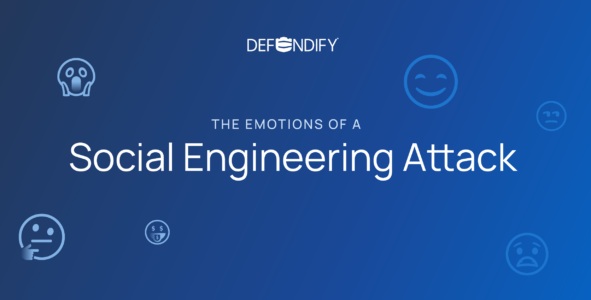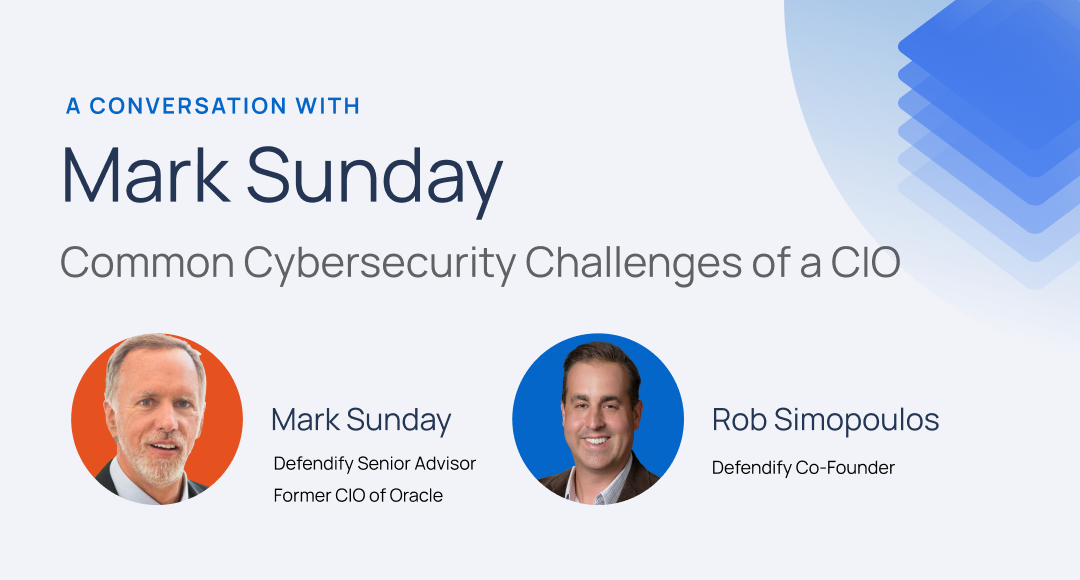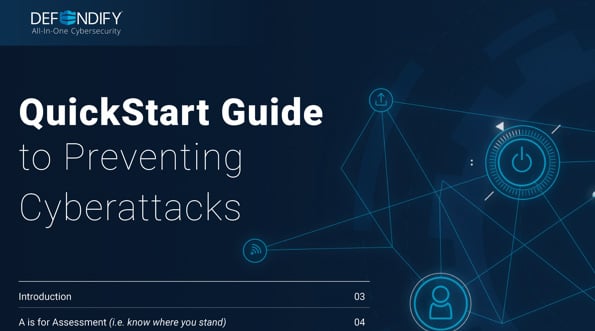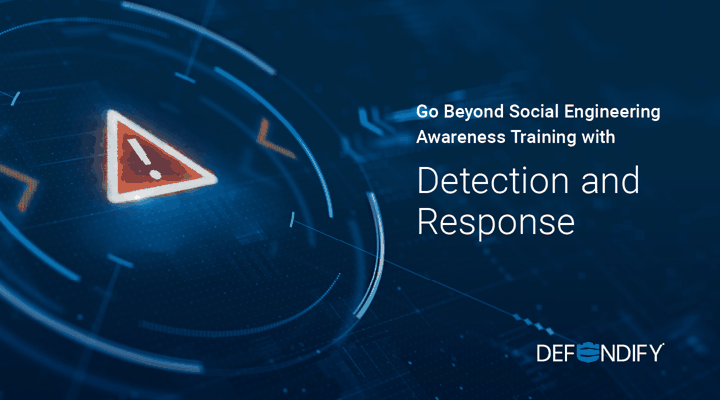Scrolling through Instagram, you’ll likely come across various posts that shed snippets of insight into your friends’ lives. Birthday parties, family reunions, new homes, pet adoptions – most of us enjoy sharing life’s milestones with our friends and family, and the easiest way to do it is online. Unfortunately, bad actors may also note and collect information: birthdays, maiden names, addresses, and other details that might give them the foothold they need to execute a successful attack leveraging social engineering tactics.
Tactics Are Evolving. So Should Your Social Engineering Awareness Training
Social engineering attacks rely heavily on human interaction, often manipulating people into breaking standard security procedures and practices to gain unauthorized access to an organization’s systems or networks. Even with traditional security in place, cyber attackers can penetrate an organization through its employees – often even without the employee’s knowledge– if they provide access to the systems that house sensitive data. In fact, most cyberattacks start with social engineering components as cybercriminals take advantage of our humanity to target system vulnerabilities.
According to Verizon’s 2021 Data Breach Investigations Report, there has been a jump in social engineering breaches as a pattern from 2020 to 2021, with an overall upward trend since 2017. This resulted in 3,841 incidents in 2021, with 1,767 of those incidents including confirmed data disclosure. Of the data compromised, 85% were credentials. The report finds that phishing is responsible for most social engineering breaches, with cloud-based email servers among the most targeted. Business Email Compromises (BECs) were the second most common tactic, reflecting the rise of misrepresentation trends – including CEO fraud. While it can be difficult to determine the overall cost of social engineering-related cyberattacks, when it comes to BEC incidents alone, the median loss in 2021 was $30,000.
As organizations continue to adapt defenses against social engineering attacks, it can be difficult to keep up with the various evolving social engineering tactics. In fact, new research has highlighted the imaginative lengths some cybercriminals go to in order to carry out these attacks. In one example, cyber attackers launched a campaign targeting employees just before the holidays. In a strange A/B testing format, some recipients received news of a promotion or a holiday bonus, while others received a message informing them of their termination. Both versions included an attached Excel file that would download malware to the victim’s computer when opened despite the difference in messaging.
Beyond embarrassment, these social engineering attacks can have a number of consequences for employees and organizations if successful. Without proper training, employers and employees can fall victim to financial fraud, lost or compromised credentials, stolen or encrypted data, and more. Beyond direct impact, organizations may also face reputational damage and experience trouble maintaining or securing cybersecurity insurance coverage.
Balancing Proactive and Reactive Strategies
Unless you work in IT or cybersecurity, the average person has only fundamental cybersecurity knowledge. Organizations must provide employees with proper training and policies that enable them to make the right decisions when they encounter a social engineering attempt. Employees are a key part of an organization’s defense against a cyberattack.
Regular, engaging employee training can guide employees on how to handle potential cyber threats so that when one occurs, they are better equipped to act as a solid line of defense for their organization. Unfortunately, human error is inevitable even with a social engineering awareness training program that keeps pace with the frequent changes in the threat landscape. For a truly comprehensive cybersecurity program, organizations must balance proactive and reactive cybersecurity strategies.
Want to learn how to implement a successful employee security awareness program? Tune into our webinar on March 29th at 1 PM EST

Proactive strategies expand on employee awareness training with attack simulations and policies that clearly define expectations for employees. It may also include the limitation of information your organization shares or provides access to, including email authentication protocols and filtering, multi-factor authentication, and segmentation of additional tools.
Reactive strategies include technology that can observe your organization’s network around the clock and respond in real-time to contain threats. It also includes ensuring all devices, operating systems, and software is up-to-date and patched and that privileged access is granted only to those who need it when they need it.
By balancing these strategies, organizations can form a comprehensive incident response plan and put the right people, processes, and technology in place to contain and remediate in the event of an attack.
Detection and Response
Cyberattacks are constantly evolving and can occur at any hour of the day. The best way to avoid the devastating impact of an attack is to continuously monitor and quickly respond to prevent these attacks from spreading rapidly. Intelligent managed detection and response solutions have evolved to provide organizations with 24/7 monitoring and incident response without requiring a stack of complex software or highly skilled cybersecurity experts. Managed detection and response solutions that utilize artificial intelligence technology and cybersecurity professionals can help organizations search for and identify data security anomalies to respond in real-time to contain attacks.
No business is off-limits to cybercriminals. Managed detection and response is a crucial part of every business cybersecurity posture. By leveraging detection and response solutions on top of proactive and reactive cybersecurity strategies, organizations can further solidify their defenses against potential threats, even as they continue to evolve.
Blog: Social Engineering Training for Employees: The Framework
Blog: Looking Ahead to Social Engineering Trends of 2022
Blog: A Complete Guide to the CEO Fraud Business Email Compromise Phenomenon
Blog: 5 Tips for Implementing a Successful Social Engineering Awareness Training Program
Webinar: Implementing an Employee Security Awareness Program
Resources & insights

Why You Could Be Denied Cyberattack Insurance Coverage
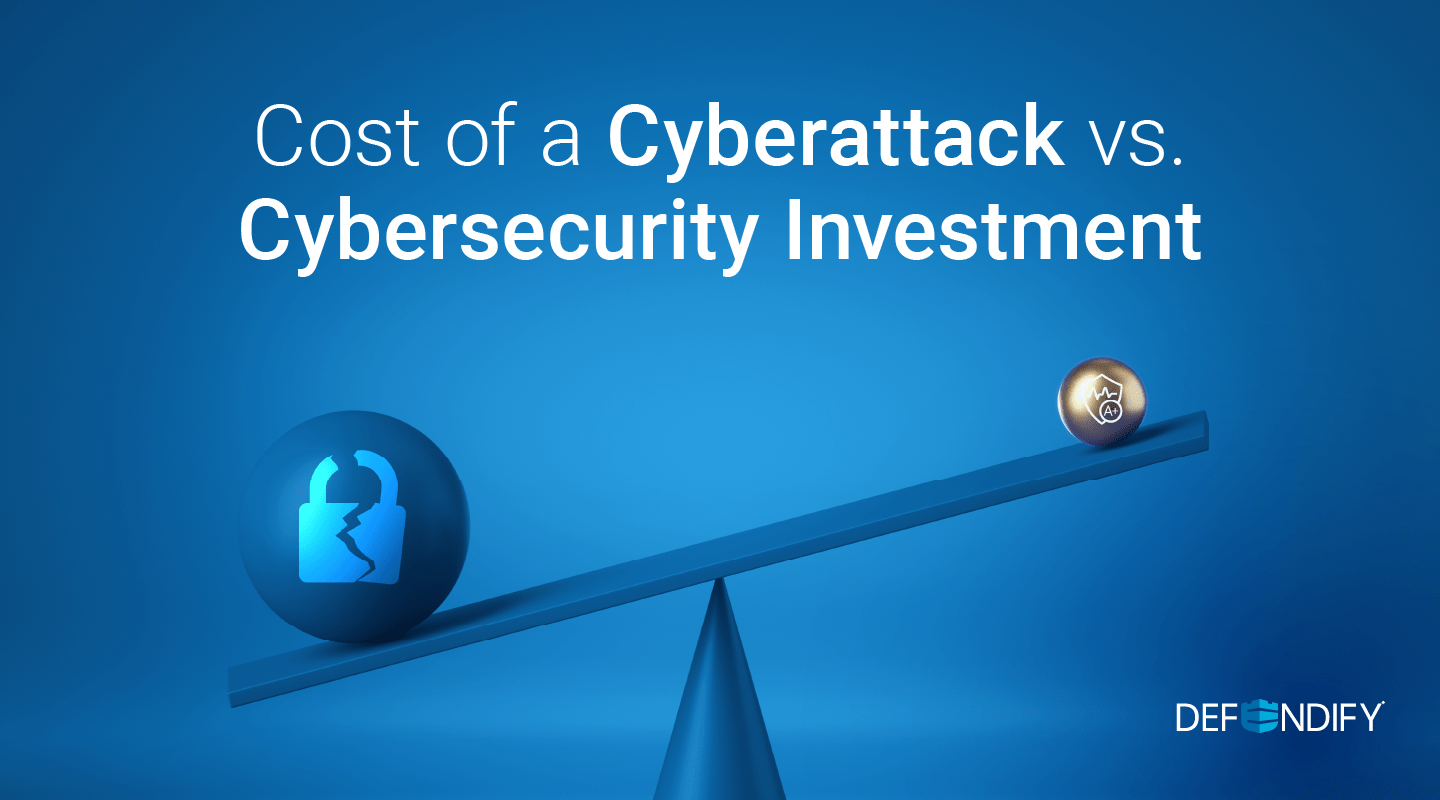
Cost of a Cyberattack vs. Cybersecurity Investment
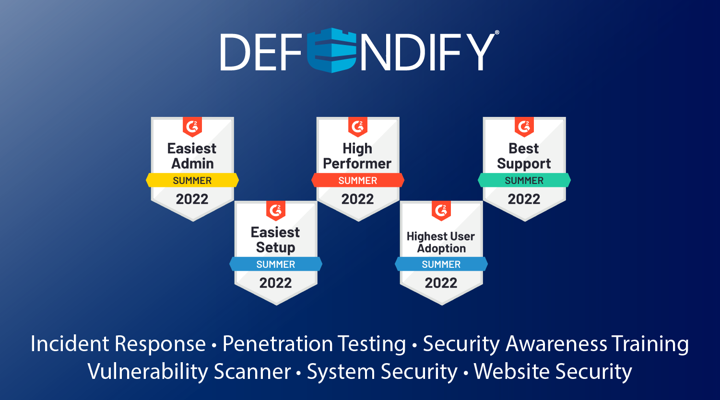
Defendify Listed as a High Performer in Six G2 Grid Categories

Why You Could Be Denied Cyberattack Insurance Coverage

Cost of a Cyberattack vs. Cybersecurity Investment

Defendify Listed as a High Performer in Six G2 Grid Categories
Protect and defend with multiple layers of cybersecurity
Defend your business with All-In-One Cybersecurity®.
Explore layered
security
Learn more about Defendify’s three key layers and All-In-One Cybersecurity®.
How can we help?
Schedule time to talk to a cybersecurity expert to discuss your needs.
See how it works
See how Defendify’s platform, modules, and expertise work to improve security posture.
